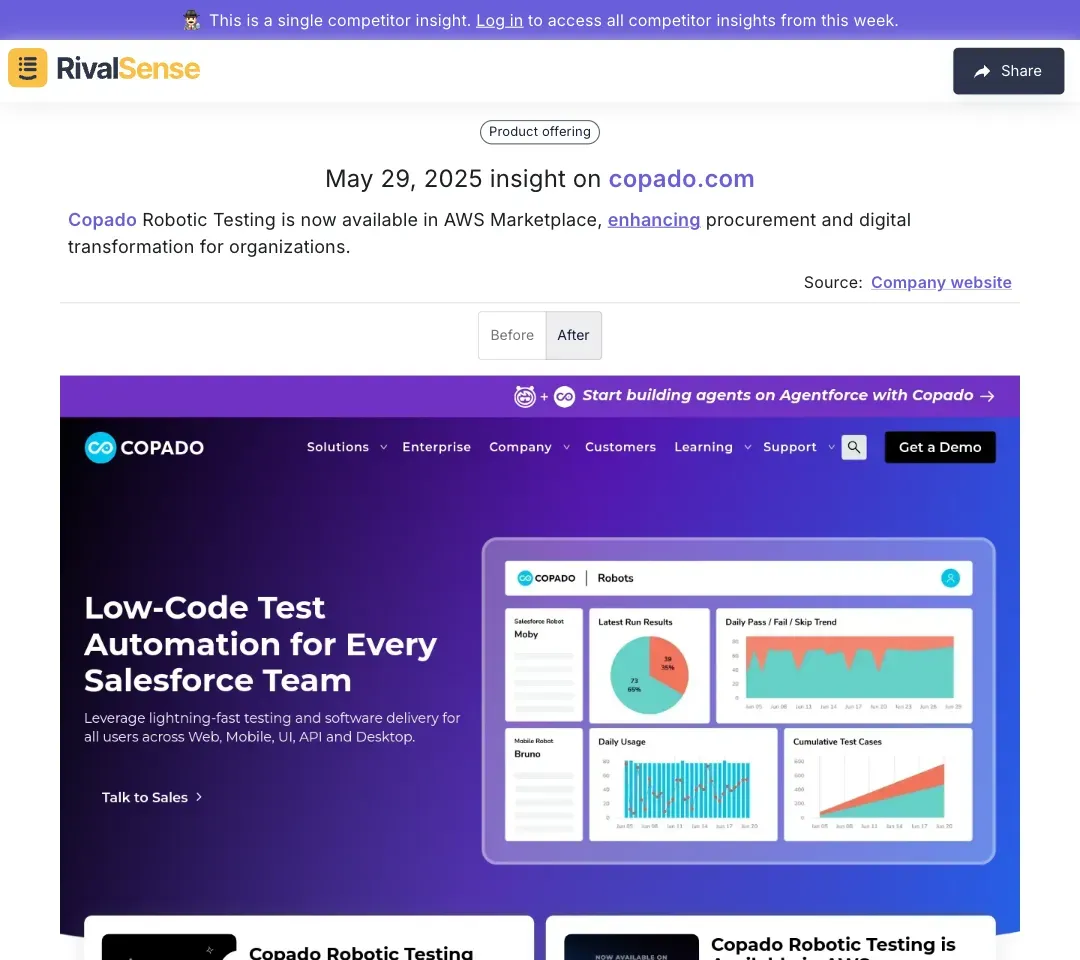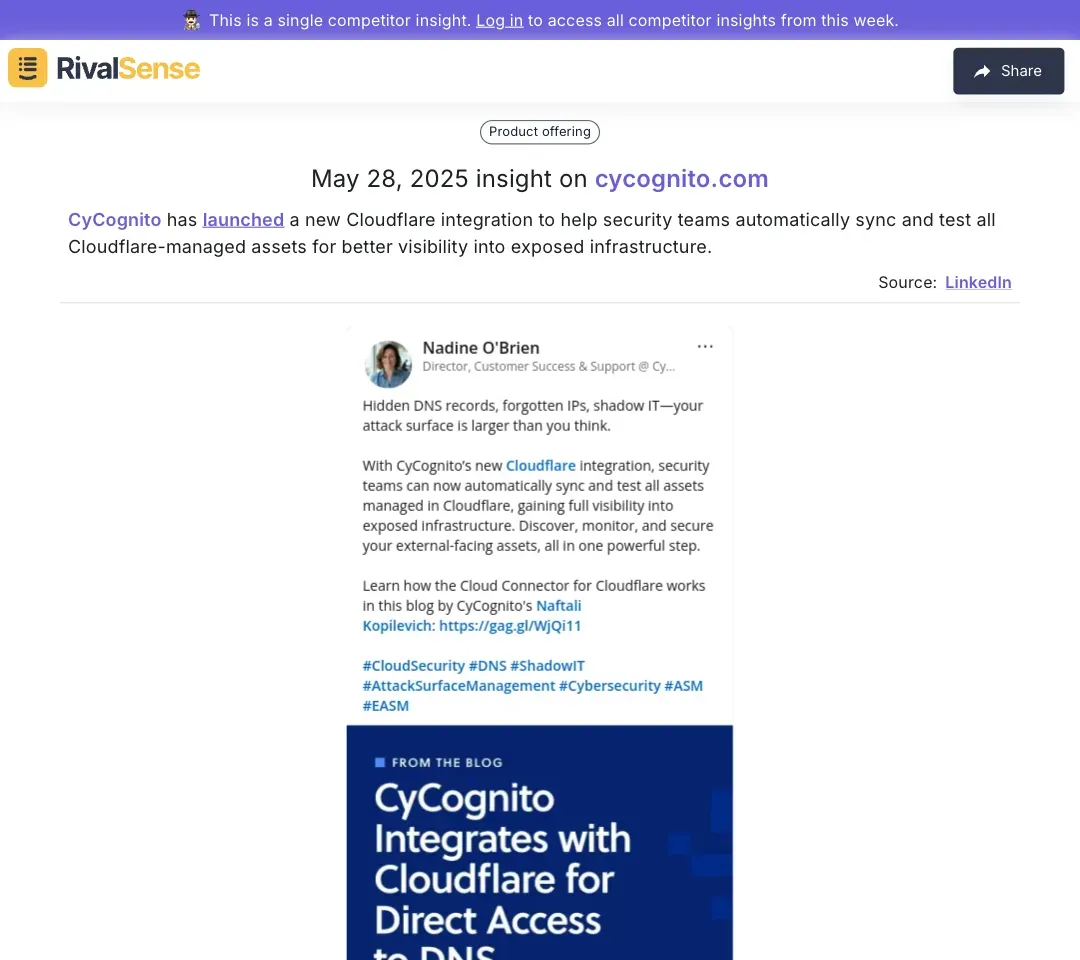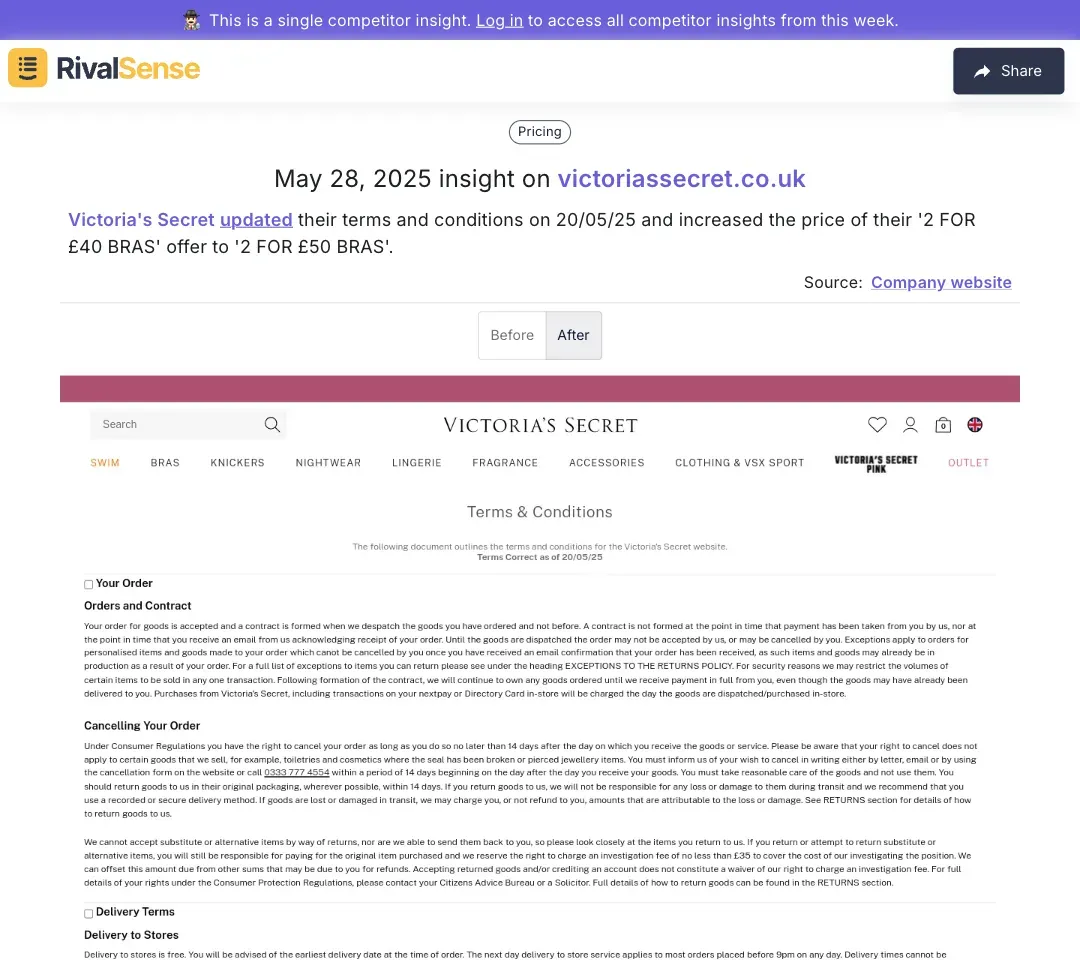Mastering Competitor Customer Success Analysis: A Step-by-Step Guide
In today's competitive business landscape, understanding competitors' customer success strategies provides invaluable insights to enhance your own approach. This comprehensive guide delivers actionable steps, checklists, and real-world examples to help you outperform rivals through strategic analysis.
Why Analyze Competitor Customer Success?
Customer success directly impacts retention, expansion revenue, and brand reputation in B2B markets. By dissecting competitors' approaches, you uncover transferable best practices and market gaps while identifying opportunities to differentiate your offerings.
Key benefits include:
- Identify Best Practices: Adapt proven strategies that resonate with your shared audience
- Spot Service Gaps: Discover underserved customer needs you can address
- Refine Value Propositions: Align offerings with unmet expectations revealed through competitor weaknesses
Step 1: Identify Key Competitors
Begin by mapping your competitive landscape beyond obvious players to include emerging threats and niche specialists. Leverage automated tools to maintain an accurate, evolving competitor list without manual upkeep.
✅ Competitor Identification Checklist:
- Conduct Google searches using "[industry] alternatives" and "vs" queries
- Survey sales teams about prospect comparisons during deals
- Analyze churned customer feedback for mentioned alternatives
- Utilize automated tracking tools like RivalSense for real-time competitor mapping
Step 2: Analyze Customer Success Strategies
Examine how competitors structure their entire customer lifecycle from onboarding to renewal. Focus on tangible elements that impact customer satisfaction and retention rates across organizations.
Critical evaluation areas:
- Onboarding Efficiency: Time-to-value metrics and resource accessibility
- Support Infrastructure: Response times, channel availability (chat/community/24/7), and escalation paths
- Retention Mechanics: Proactive health checks, success milestones, and expansion tactics
💡 Pro Tip: Experience competitors' journeys firsthand by signing up for free trials or requesting demos as a prospect.
Step 3: Gather and Evaluate Customer Feedback
Customer sentiment reveals strengths and vulnerabilities in competitors' success operations. Systematic monitoring across multiple channels provides quantitative and qualitative insights.
✅ Feedback Collection Checklist:
- Monitor review sites (G2, Capterra, Trustpilot)
- Track social sentiment on LinkedIn/Twitter using relevant hashtags
- Analyze support forum discussions and complaint resolutions
- Examine case studies for implied success metrics
Step 4: Conduct Comparative SWOT Analysis
Synthesize findings into a clear competitive positioning map. Contrast capabilities across critical dimensions like onboarding effectiveness, technical support quality, and renewal processes.
Comparison Framework:
| Dimension | Your Business | Competitor A | Competitor B |
|---|---|---|---|
| Onboarding Speed | ⭐⭐⭐⭐☆ | ⭐⭐⭐☆☆ | ⭐⭐☆☆☆ |
| Support Resolution | ⭐⭐⭐⭐☆ | ⭐⭐⭐⭐☆ | ⭐⭐⭐☆☆ |
| Proactive Check-ins | ⭐⭐☆☆☆ | ⭐⭐⭐☆☆ | ⭐⭐⭐⭐☆ |
Step 5: Define Your Differentiated Value
Translate analysis insights into concrete competitive advantages. Focus on addressing identified gaps while amplifying strengths competitors can't easily replicate.
💡 Actionable Approach:
"If analysis reveals competitors lack personalized enterprise onboarding, implement tiered implementation packages with dedicated success managers as a premium differentiator."
Real-World Competitor Insights in Action
Tracking specific competitor developments provides strategic foresight for customer success planning. These real examples illustrate how monitoring translates to actionable intelligence:
-
Marketplace Expansion Signals Accessibility Focus

Example: Copado Robotic Testing launched on AWS Marketplace, streamlining procurement.
Strategic Value: Marketplace entries indicate efforts to reduce onboarding friction. Spotting these early allows you to benchmark implementation ease or enhance your own distribution strategy. -
Integration Launches Reveal UX Improvements

Example: CyCognito's Cloudflare integration automates security asset testing.
Strategic Value: New integrations often address customer workflow gaps. Monitoring these helps anticipate feature expectations and prioritize your own ecosystem development. -
Pricing Changes Impact Retention Economics

Example: Victoria's Secret increased '2 FOR £40 BRAS' to £50.
Strategic Value: Pricing adjustments signal value perception shifts. Early detection helps you position offerings competitively and address potential customer sticker shock proactively.
Optimize Analysis with Automated Tracking
While manual research provides foundational insights, automated competitor intelligence delivers continuous strategic advantages. Platforms like RivalSense monitor 80+ sources for critical developments including:
- Product launches and feature updates
- Pricing and packaging changes
- Partnership announcements
- Support policy modifications
✅ Implementation Checklist:
- Identify 5-7 core competitors
- Document their customer journey touchpoints
- Establish feedback monitoring channels
- Schedule quarterly SWOT refreshes
- Automate tracking for real-time alerts
Ready to transform competitor insights into customer success advantages? Try RivalSense for free and get your first competitor report today!
📚 Read more
👉 Advanced Tactics to Monitor SaaS & AI Competitive Threats
👉 How Jumio's Legal Move Reshaped Competitive Strategy in Digital Identity
👉 Data-Driven Insights on Advocacy Program Competitors Online
👉 Optimizing DevOps for Competitive Edge in Salesforce Development
